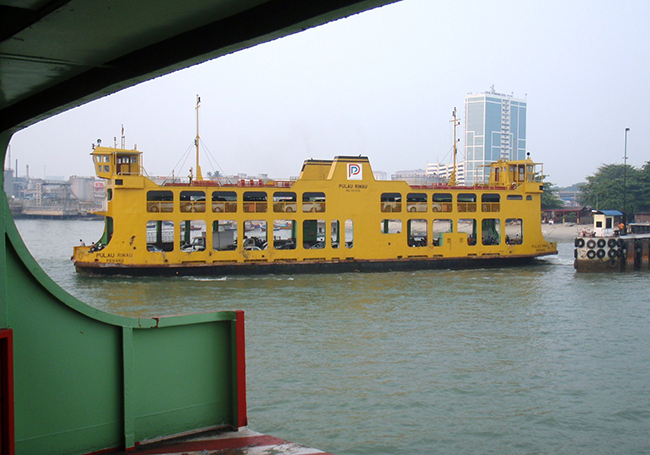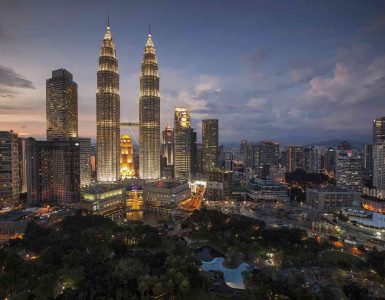
One of the most iconic modes of transport that have defined Penang’s identity is the ferry service that connected George Town, the island’s main city, to Butterworth on the mainland.
The service has operated for over a century, vital to the state’s economic growth and development. For over a century, the iconic ferry service has bridged the gap between Penang’s bustling George Town and the mainland’s vibrant Butterworth.
The story of the ferry service began in the late 1800s when a local entrepreneur, Quah Beng Kee, and his four brothers started what would become an iconic service between Kedah Pier on the island and Bagan Tuan Kecil Pier in Butterworth. With three large steamers and seven smaller steam launches, the Beng Brothers’ service quickly became a vital link for passengers and cargo alike.

By 1897, Beng Kee had bought out his siblings’ shares in the company and began operating the ferry service under his banner, Guan Lee Hin Steamship Company. As demand grew, Beng Kee converted his enterprise into the Eastern Shipping Company Limited, which prospered under his leadership.
In 1922, Beng Kee sold the ferry service to Singapore’s Straits Steamship Company Limited, only to have it change hands again in 1924 when the Penang Harbour Board took control.
By 1925, the service had expanded to include the transportation of cars using decked-in lighters towed by launches and, later, a steam ferry vessel named Seberang.
With demand for the service increasing annually, the Penang Harbour Board ordered two larger steam vessels from the Singapore Harbour Board by the beginning of 1928. The growing vehicular traffic soon necessitated a new vessel, and the Bagan replaced the Seberang in 1938.

Despite the onset of World War II in 1941, the ferry service continued to be a vital link for passengers and cargo. After the war ended, the Penang Harbour Board resumed service control and implemented increased frequency plans.
In 1955, Penang Harbour Board awarded the contract for new double-ended ferries with end-loading capabilities for faster vehicular embarkation and disembarkation times. The Penang Harbour Board tasked Singapore Harbour Board to build a single prototype, Penang and commissioned Cheoy Lee Shipyard in Hong Kong to build four vessels.
The Penang, which retained the old-styled side-loading capability, was delivered in 1957 and was quickly put into service while awaiting the completion of new ferry terminals.

The service continued to grow throughout the 1960s and 1970s. By 1985, the iconic ferry service lost its prominence when Tun Dr Mahathir Mohamad officially opened the Penang Bridge. Despite its demise, the ferry service remains a cherished memory for many, and its legacy lives on.
The end of 2020 marked the end of a long-standing chapter in Penang’s transportation history. The iconic double-decker ferries, connecting George Town on Penang island to Butterworth on the mainland for over 120 years, made their final journeys.
The service’s retirement was a poignant reminder of its historical significance as hundreds of young and older adults made their way to experience one last ride across the Penang Strait.
Although the service had declined due to the practicality of two bridges connecting the island to the mainland, the end of the ferry service was still a significant moment for many. It marked the end of an era and a time when the ferry was the primary mode of transportation for many locals and visitors. The double-decker ferries had become an iconic symbol of Penang’s transportation history, evoking memories of simpler times.

As the ferries made their final journeys, it was a moment of reflection for the people of Penang. The service had played a vital role in the state’s economic growth and development, transporting passengers and vehicles across the strait for over a century. The retirement of the ferries was a reminder of how much Penang had changed and how much progress had been made in modernizing its infrastructure.
Despite the progress made in modernizing Penang’s infrastructure, the legacy of the double-decker ferries will always remain a significant part of Penang’s history. The memories of the ferry service will continue to live on in the hearts of the people who experienced it, and the ferry service will always hold a special place in the history and culture of Penang.










